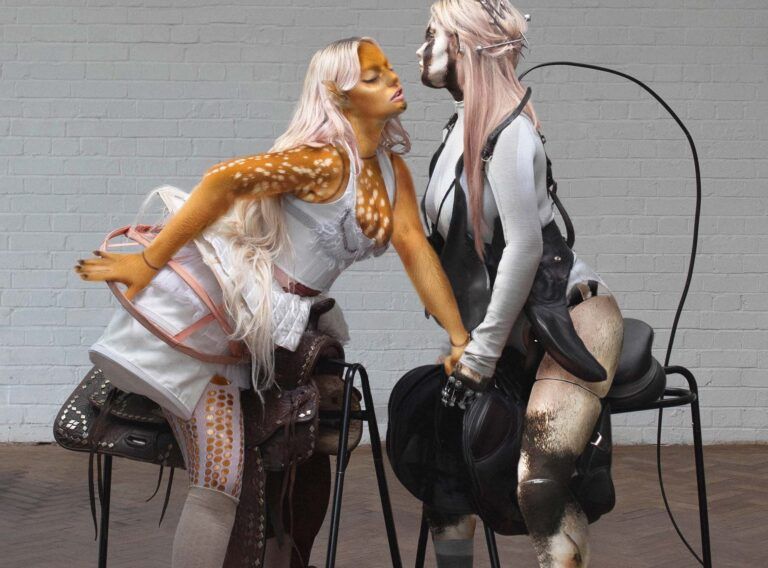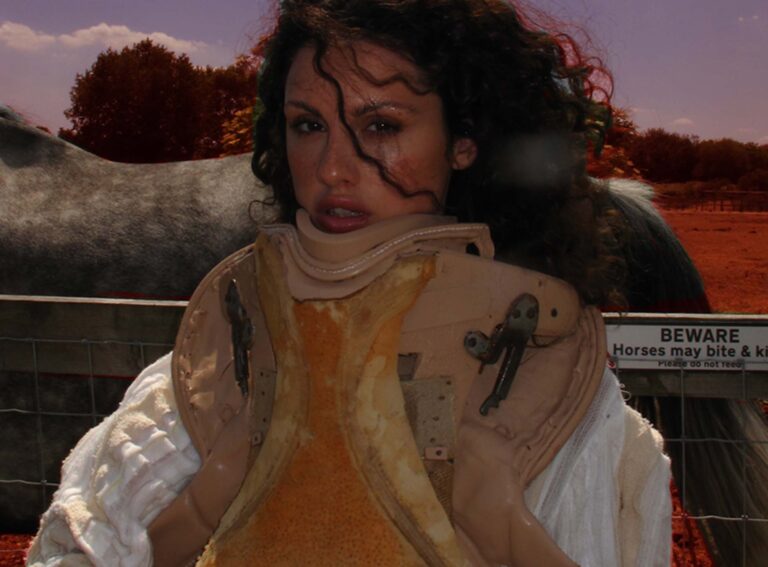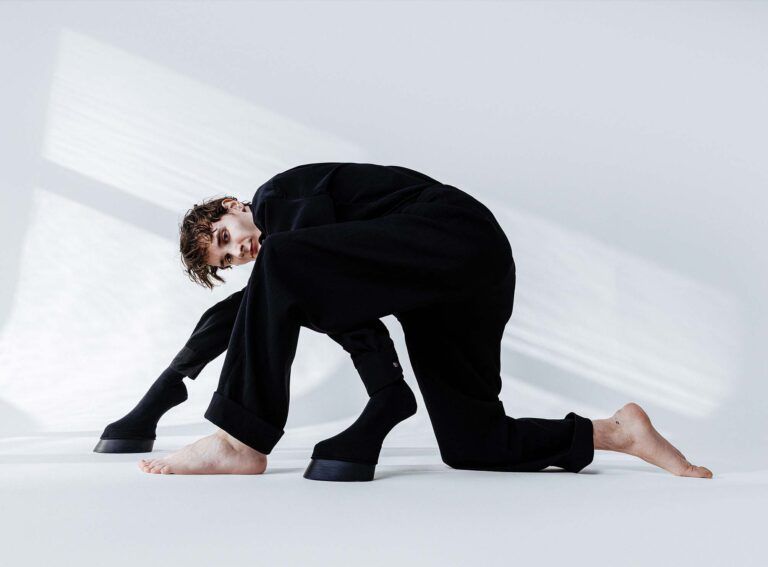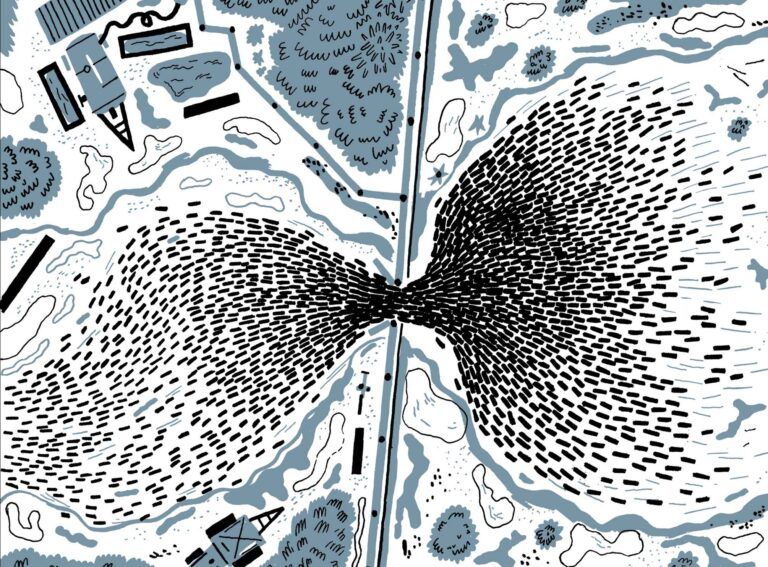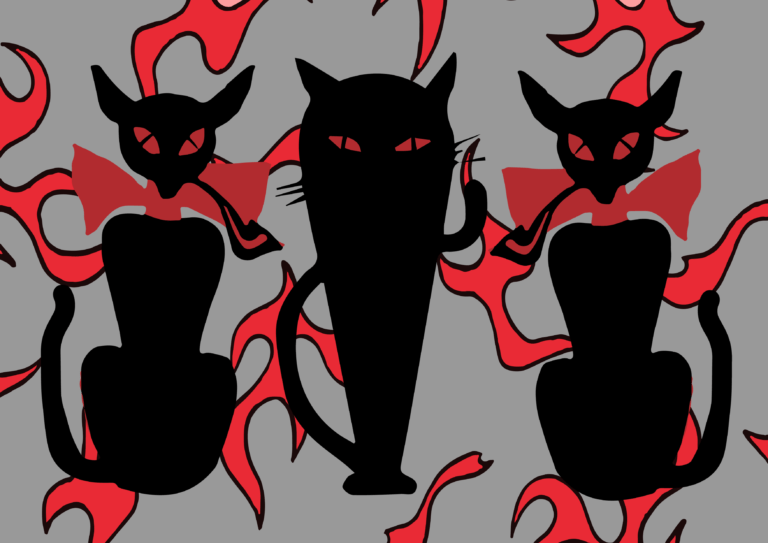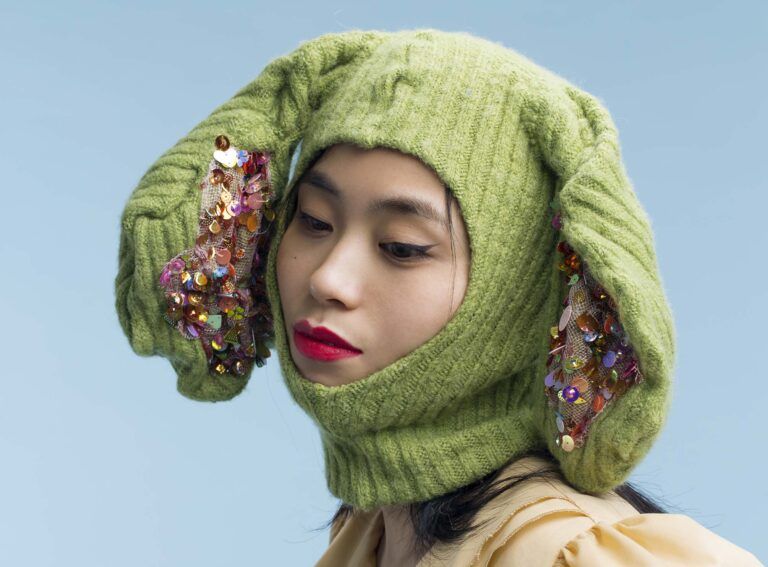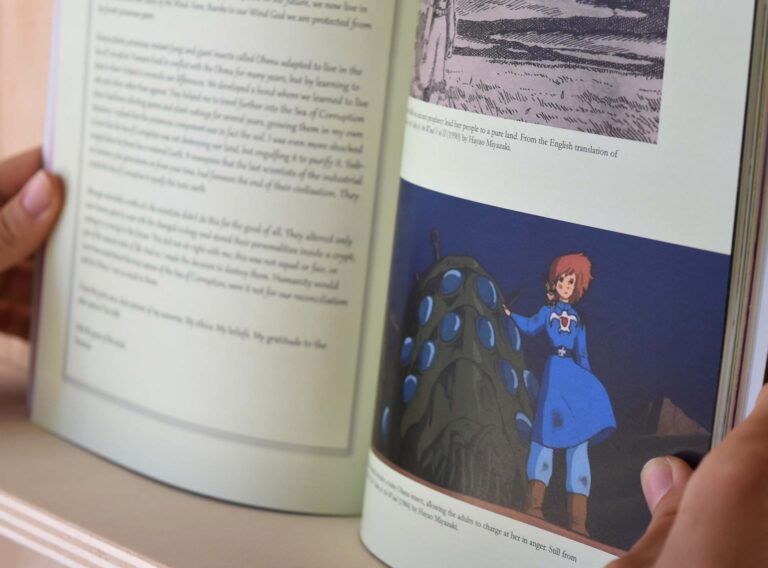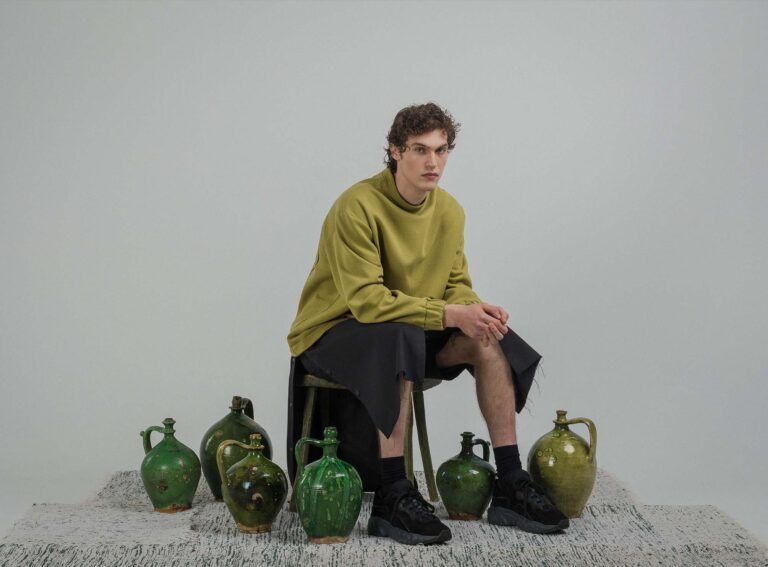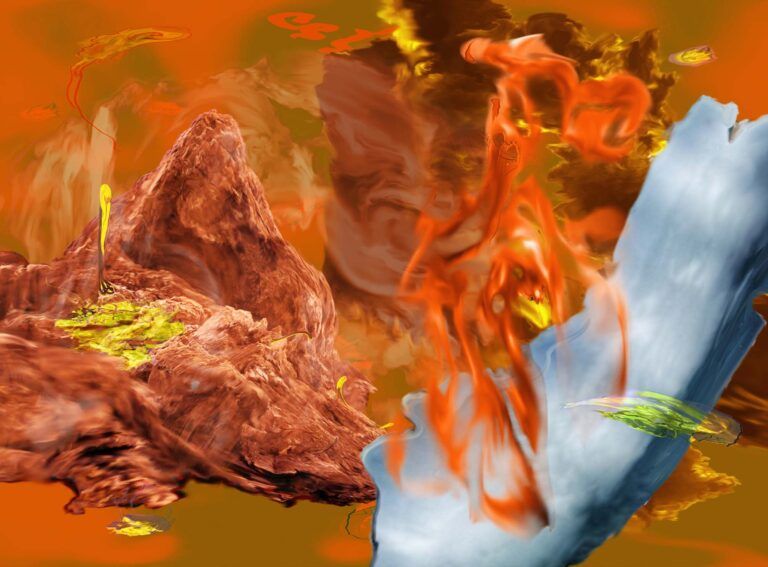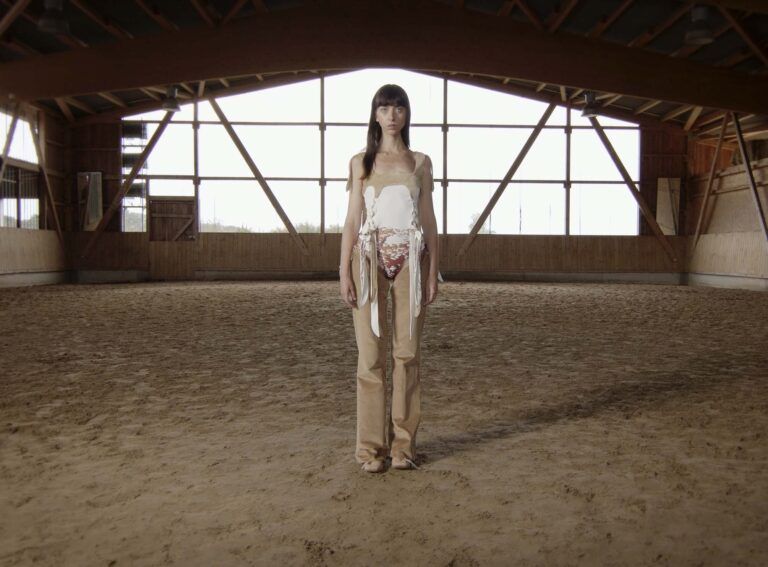WHO LET THE DOGS OUT
The opening theme of 2022, WHO LET THE DOGS OUT, ran from 10th January to 29th May 2022. Find all archived content here.
Filter by theme
Filter by category
“Love is a biological weapon that bodies make to survive extinction and evolution.” 3D creator Lolita 111000, the first Spanish artist to be represented by a digital avatar, breathes life into trans-species creatures that reflect her deep adoration of non-human animals. Her work is inspired by posthumanism, biology, and friends. Enjoy an interview drenched in 'chaotic good' energy.
In the atmospheres of Jimmy Beauquesne’s artworks, there reside fantasies of the natural world, celebrities, and entities beyond language or reason. Let the French artist’s words and images in today’s interview mesmerize you into a dreamy sense of longing.
Oskar Zięta introduces the glossy, otherworldly apparitions made of polished steel coagulating to life in the family-run Zieta studio. These mirrors/objects with bionic silhouettes are made to resemble glimpses of the natural world in which they are often put on display, nearly merging.
Daniel Drabek’s monsters are not for the sterile gallery wall: the Italian-Swiss visual artist’s creations find their home on posters, album covers, clothing and stickers, among other surfaces. Today, Daniel provides a glimpse into the role of spontaneously projecting memory into his art and reveling in the distortions that emerge.
Rahel Süßkind, also creating under the alias Chrissy Fahrenbruch, mirrors in her singular illustrations “the world as she sees it”. These cutesy, vivid visions include bipedal animal hybrids such as Snooh, a friendly green character kneaded into existence from no other substance than… phlegm. Enjoy a slightly oozy interview with the author.
“The current ideal is to conform and control, be part of a system or dominating force... you’re only relevant if you look a certain way.” In unbraiding the ropes learned through socialization, London-based multidisciplinary artist Rhiannon Davies’ collections weave inspirations spanning Celtic mythology, Fleetwood Mac and equestrian fashion to explore the contemporary notion of perfection.
How strange is it that everyone knows a horse girl? From the more cutesy depths of human kinks and obsessions, House SWARM is bringing you the first original editorial of 2022, fit right for a confusing, animal-lover and enigmatic summer.
“Many microbiologists argue that we should start thinking of humans as microbial ecosystems or multispecies collectives.” Charlie Spies’ Gutopia animations playfully and intimately explore the dividual on the backdrop of a late capitalist society still riddled with archaic stereotypes and rigid knowledge-creation processes.
What do a flock of starlings and generative design have in common? Why does chaotic movement fascinate and unsettle us at the same time? And how can we tell if we're watching a real video or a screensaver? In her article, Bára Čápová reflects on the similarities between the natural movement of animal flocks and herds and algorithmic digital images. Illustrations for the article were created by Jakub Bachorík.
In exploring what lies between individuals’ boundaries, Zu Kalinowska creates assemblages whose unlikely material combinations represent the merging of different bodies and their greater picture. Delve into the images and curatorial texts from her 2022 exhibition “Mortal Shell” and see for yourself just how much you allow otherness change your being.
Desires incompatible with a conservative society take on a unique form in Dae uk Kim’s artworks, expressing his yearning for beautification through the creation of “mutant” furniture and utile objects. Dive into today’s interview to explore the fascinating facets of his creative process!
Are human beings not insular individuals but teeming interspecies colonies of assorted tissues and bacteria? Czech intermedia artist Nela Pietrová links visual art with research practice to find a deeper understanding of the queer nature of metamorphosing (co-)dependent substances and, ultimately, herself.
In a free-wheeling interview, Belarus-born mixed-media and 3D artist Volcia Porakh afforded us a little glimpse into her world, that took us all the way to summer-sun coloured childhood memories smelling of playfulness, wide-eyed discoveries, old Disney comics, and warm, melted plasticine.
"Has popular music been completely consumed by melancholy, anxiety and hopelessness?" Karel Veselý and Miloš Hroch ask in their 2020 book named after a song by The Cure, and today we delve into their compelling narrative.
Aposematism in animals – bright, patterned colouration – exists to warn off predators. But colour plays a vastly different, nearly opposite role in the collections by Slovak fashion designer Dominika Kozáková. Playful, crustacean- or bunny-like elements emerge in elaborate and soft headwear, which invites us to hug and snuggle. Interview with the designer follows below.
When famous animals quote Baudrillard, Borges and McLuhan to discuss their cultural representations, you know it is time to listen. This excerpt from Georgie Brinkman’s eclectic treatise showcases the author’s playful search for new ways of telling stories that involve our kin.
ZSIGMOND is a sustainable menswear brand from Hungary with a palpable connection to heritage, soil and traditional garment-making, which reflects also in the brand's sustainability efforts. The collections feature remade pieces that are recycled, reversible, sometimes crafted of century old collected folklore textiles or dyed with plant and fruit pigments. ZSIGMOND's founder Dora kindly let us into her world via an in-depth interview.
The thick hair hiding the personalities in Erik Sandberg’s paintings may not be opaque at all, the growth speaking and representing volumes of its own. This exploration of our oft-derided animal nature reminds us that even in a sterilized and epilated world, body hair and fur have an allure of their own.
In an insightful and poignant essay, art theorist Tereza Špinková takes a fascinating plunge into the perceived Anthropocentric border on which liminal animals, othereness, monsters, and non-human-centred art currently exist. Ethereal, primordial-like digital fuzziness provided by illustrator Juliana Höschlová accompanies the written piece.
The political edge of Sample’s recent fashion collection points at the industry’s ossified binary structures and practices. Last year’s release saw a turning point in the designers’ approach, turning this time to a radical representation of what sports clothes can mean in the anthropocene, and today’s article goes in-depth to their motivations.
